South Korean scientists have developed a type of visible light communication (VLC) technology that can transmit data using ordinary lights used in homes and offices.
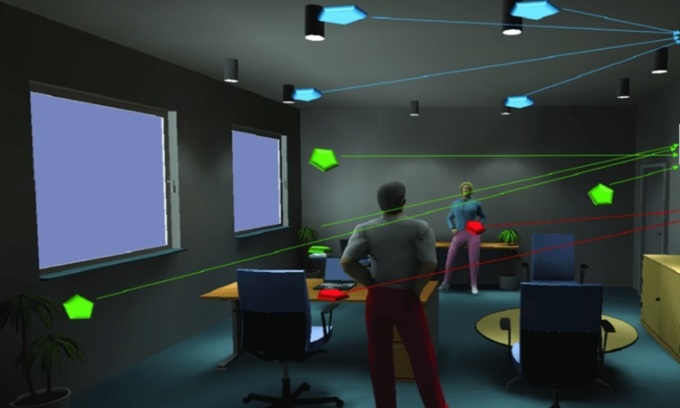
The VLC system uses red, blue and green light. Photo: Research Gate
Unlike wireless-fidelity (Wi-Fi) technology, which uses radio waves to transmit signals, light-fidelity (Li-Fi) technology uses a light source that can theoretically reach speeds 100 times faster. While Li-Fi is a full network system that can integrate infrared or ultraviolet light, VLC only uses the visible light spectrum. VLC is not popular because the light source needs to be on all the time, requires a direct line of sight to the receiving device, and cannot be used outdoors. Deploying a VLC system using white light also reduces the stability and accuracy of data transmission due to interference. In the future, this technology can replace Wi-Fi in wireless communication, Live Science reported on January 17.
Now, however, the researchers simulate white light by creating a three-color VLC system that uses red, blue, and green light emitted from an organic light-emitting diode (OLED) array, and reduces noise in the process. They also arranged an organic photodiode (OPD) array as the receiving device. The results of the research are published in the journal Advanced Materials.
“Our light source combines three wavelengths, reduces interference, and improves the stability and accuracy of data transmission,” explains the professor of chemical engineering at Pohang University of Science and Technology in South Korea. “We see this technology as a useful tool for many industries as a next-generation wireless communication solution using conventional lighting systems.”
OLEDs use an organic layer to produce light, and are commonly used in the displays of many modern TVs, smartphones, and laptops. Compared to LEDs, OLEDs are better for the environment, more cost-effective, and lighter in design. OLEDs are also better suited for use in receivers due to their higher sensitivity to certain wavelengths. OPDs work in contrast to OLEDs, using organic semiconductors to absorb light and convert it into electricity, similar to photovoltaic cells.
In the study, the researchers configured the OPD to use a Fabry-Pérot interferometer, which consists of two curved mirrors facing each other. In this arrangement, the OPD detects a specific wavelength of light emitted by the OLED cluster. By transmitting data from the transmitter to the receiver, the team demonstrated that even indoor lights can be used as a light source to transmit data in a Li-Fi system.
The scientists tested the technology in laboratory conditions designed to reduce noise and increase data accuracy. However, they are now looking to test the system in real-world conditions to better understand how it works. They also want to test whether the Li-Fi system works with a receiver that moves rather than stays in place. In the future, a near-infrared (NIR) channel could further reduce noise, allowing VLC to extend its range.
An Khang (According to Live Science )
Source link


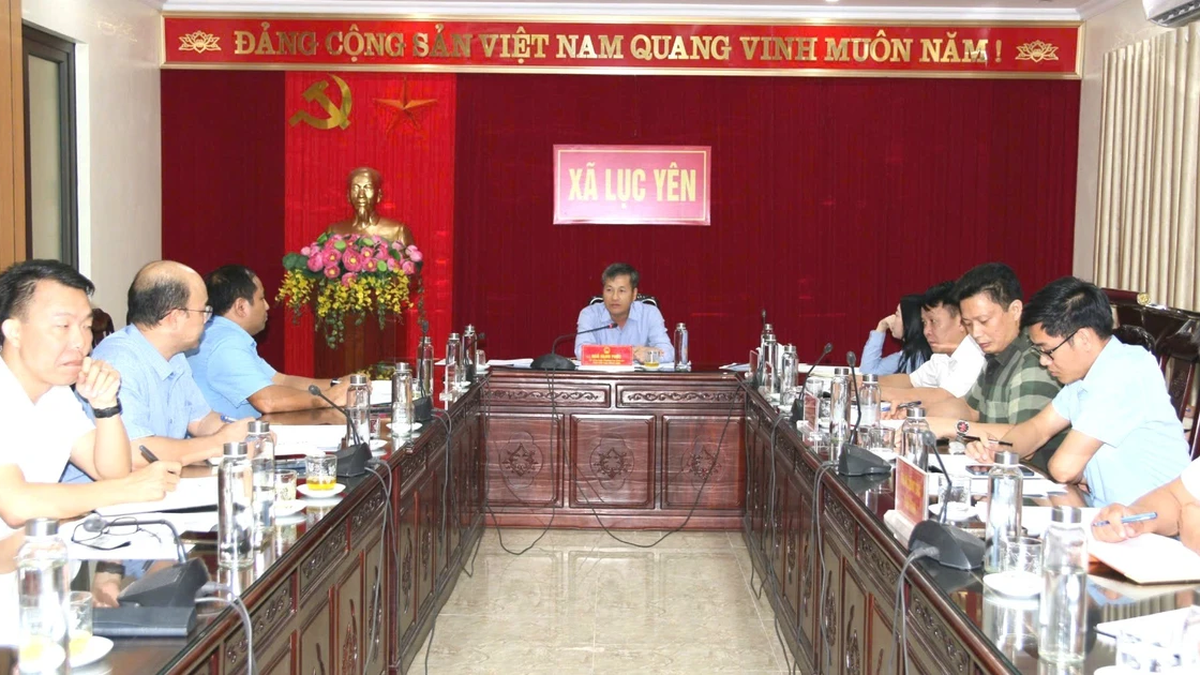






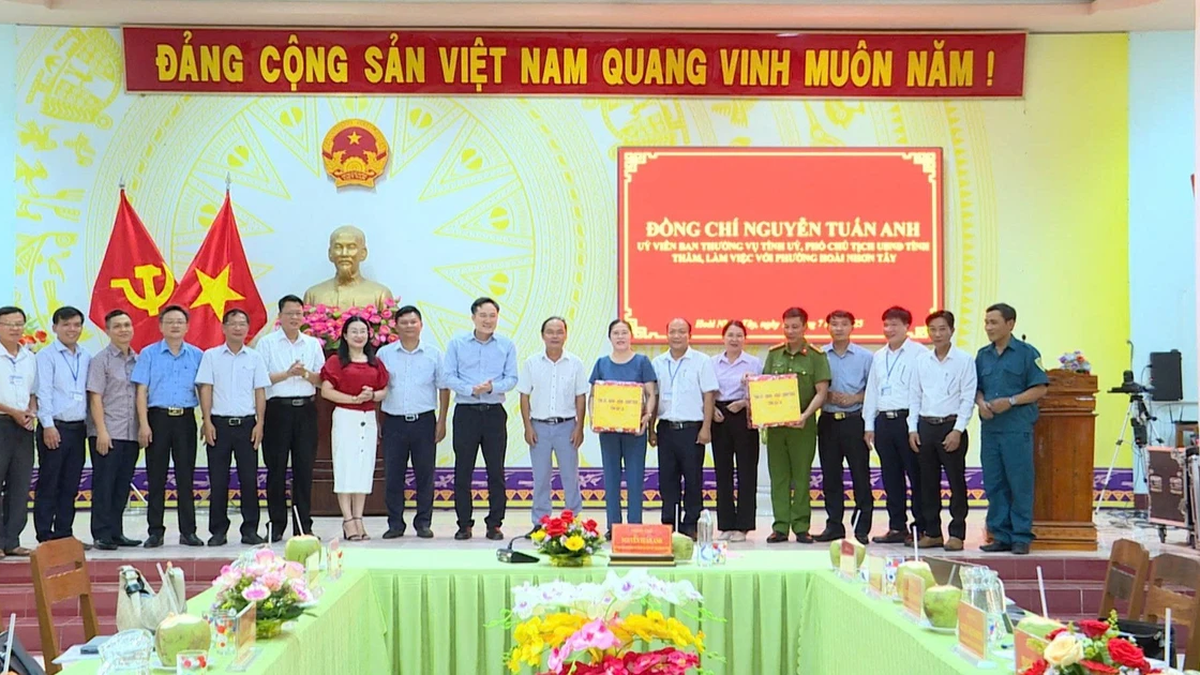

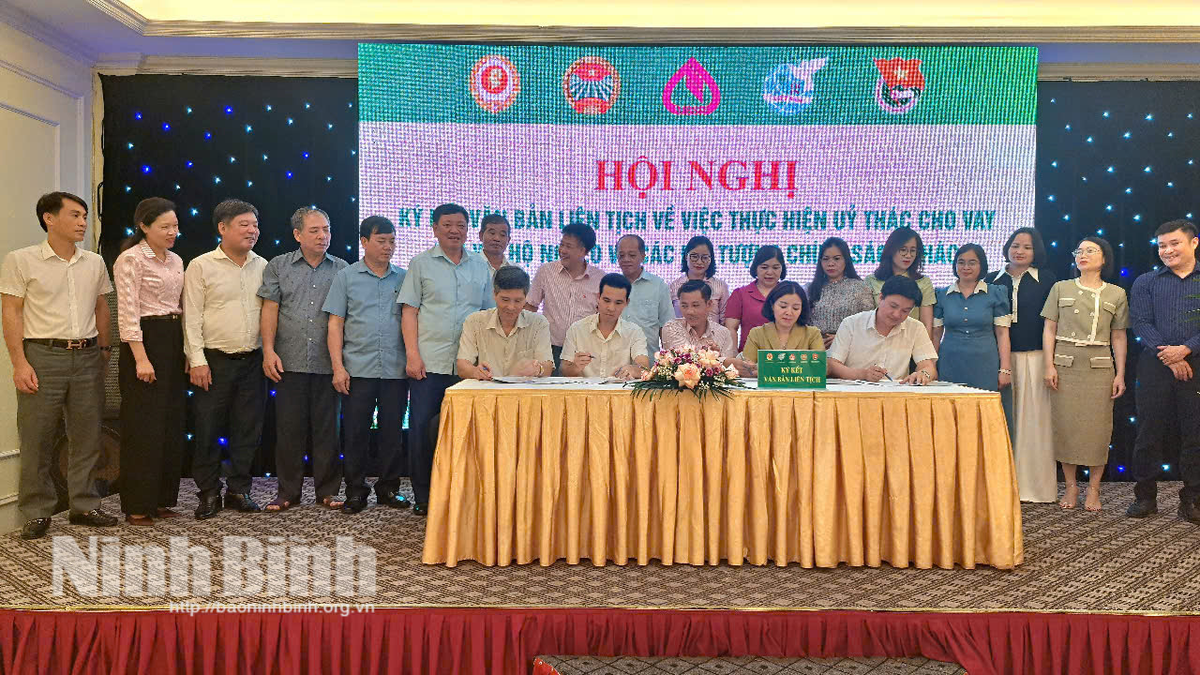








































![[Maritime News] More than 80% of global container shipping capacity is in the hands of MSC and major shipping alliances](https://vphoto.vietnam.vn/thumb/402x226/vietnam/resource/IMAGE/2025/7/16/6b4d586c984b4cbf8c5680352b9eaeb0)



















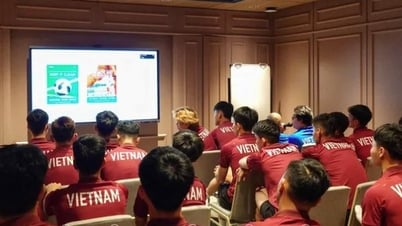

























Comment (0)